En el paisaje en evolución de la fabricación avanzada, Control numérico por computadora (CNC) maquinas se han convertido en herramientas indispensables que ofrecen automatización, exactitud, y eficiencia. Estas máquinas programables se utilizan en casi todas las industrias, desde aeroespaciales y automotrices hasta electrónica y creación de prototipos. Este artículo explora el 12 Tipos principales de máquinas CNC, cómo trabajan ellos, y donde se usan comúnmente.
¿Qué es una máquina CNC??
A máquina cnc es una máquina herramienta automatizada controlada por software de computadora y hardware integrado. CNC Machining es un proceso sustractivo, lo que significa que elimina el material de una pieza de trabajo (o en blanco) Para crear una forma deseada. Sin embargo, Algunos sistemas CNC, como impresoras 3D, usar fabricación aditiva Métodos para construir piezas capa por capa.
Ya sea eliminar material o agregarlo, Los sistemas CNC confían en CANALLA (Diseño asistido por computadora) y LEVA (Fabricación asistida por computadora) Software para convertir diseños digitales en componentes físicos precisos.
1. Machina de selección y lugar
Elija y coloque máquinas CNC se utilizan ampliamente en la fabricación de productos electrónicos. Estas máquinas tienen múltiples boquillas robóticas que eligen automáticamente componentes pequeños como resistencias, IM, o condensadores y colocarlos con precisión en las placas de circuito impreso (PCBS).
Aplicaciones comunes:
Conjunto de teléfonos móviles y tabletas
Producción en la placa base de la computadora
Fabricación de electrónica de alta velocidad
2. Impresora 3D CNC
Mientras que la mayoría de las máquinas CNC son sustractivas, Impresoras CNC 3D seguir un fabricación aditiva acercarse. Estas máquinas extruyen o curaron material, generalmente de plástico, resina, o polvos de metal: llayer por capa para formar un objeto completo de un modelo digital.
Características:
Alta libertad de diseño
Excelente para prototipos rápidos
Compatible con PLA, abdominales, resinas, y filamentos de metal
Industrias:
Prototipos aeroespaciales y automotrices
Implantes medicos
Desarrollo de productos de consumo
3. Enrutador CNC
enrutadores cnc son ideales para cortar y tallar materiales blandos. A diferencia de los molinos, que se usan típicamente para metal, Los enrutadores son más comunes para la carpintería, plástica, y espumas. Los enrutadores operan con tres ejes y pueden producir grabados detallados, patrones, o cortes.
Materiales:
Madera, MDF, plástica
Compuestos de aluminio y suaves
Ventajas:
Operación de alta velocidad
Rentable para materiales blandos
Área de trabajo más grande en comparación con las fábricas típicas
4. Máquina de perforación CNC
CNC Máquinas de perforación automatizar el proceso de creación de agujeros en metal, madera, o materiales compuestos. Estas máquinas usan diversos brocas y pueden realizar operaciones como la perforación de picoteos, escariado, o golpear.
Tipos de bits:
Ejercicios de giro
Simulacros
Taladrones de la máquina de tornillo
Chucking Reamers
Usos típicos:
Bloques de motor de fabricación
Fabricación de metal
Preparación del orificio de la línea de ensamblaje
5. Máquina de torno de CNC
Tornos CNC realizar operaciones de giro, Eliminar material de una pieza de trabajo giratoria utilizando una herramienta de corte de un solo punto. Estas máquinas pueden realizar tareas complejas como el enhebrado, ranura, y frente a una sola configuración.
Tipos:
Torno de motor
Torno de torreta
Torno de tipo suizo
Centros de giro de múltiples eje
Aplicaciones:
Fabricación de eje y alfiler
Sujetadores aeroespaciales
Bujes automotrices
6. 5-Máquina CNC del eje
5-Máquinas CNC del eje Mejore el sistema tradicional de 3 eje agregando dos ejes rotativos adicionales. Esto permite que la herramienta de corte se acerque a la pieza de trabajo desde prácticamente cualquier dirección sin reposicionamiento manual.
Beneficios clave:
Máquina cinco lados de una parte en una configuración
Ideal para geometrías complejas y superficies curvas
Mejora la precisión y reduce el tiempo de entrega
Usos comunes:
Piezas estructurales aeroespaciales
Prótesis médicas
Intrincada fabricación de moho
7. Fresadora CNC
Fresadoras CNC Use cortadores múltiples giratorios para dar forma a la pieza de trabajo. Son altamente versátiles y capaces de producir contornos y cavidades complejos.. CNC Mills puede operar en 3, 4, o incluso 5 ejes.
Tipos de cortador:
Fábricas finales
Fábricas de fábrica
Fábricas de chaflán
Cortadores de la nariz de la pelota
Aplicaciones:
Componentes de moho de precisión
Soportes automotrices
Piezas mecánicas personalizadas
8. Máquina de corte de plasma CNC
Máquinas CNC de corte de plasma Use una antorcha de gas ionizada para cortar a través de materiales conductores eléctricamente. El chorro de plasma alcanza temperaturas de hasta 30,000 ° F, Cortar metales con alta precisión y velocidad.
Materiales adecuados:
Acero carbono
Acero inoxidable
Aluminio
Latón y cobre
Características:
Corte de alta velocidad
Bajo costo operativo
Ideal para chapa
9. Máquina de cortar láser CNC
Las máquinas de corte con láser emplean energía de la luz enfocada para vaporizar o derretir material. Estos sistemas CNC pueden lograr tolerancias extremadamente estrictas y se utilizan para cortar y grabar.
Tipos de láser:
Láseres de co₂ (no metal, grabado)
Láser de fibra (rieles, corte de alta velocidad)
Dakota del Norte:Láser de yag (corte de metal de precisión)
Aplicaciones:
Señalización y pantallas
Fabricación de dispositivos médicos
Recorte interior automotriz
Revestimiento de cobre y otros productos arquitectónicos
10. Máquina CNC de descarga eléctrica (electroerosión)
Máquinas EDM Use descargas eléctricas de alta frecuencia (moscas) entre un electrodo y una pieza de trabajo para eliminar el material. Es especialmente útil para mecanizar metales duros o geometrías intrincadas..
Tipos:
Electroerosión por hilo
Electroerosión por plomo
Ventajas:
Cavidades internas precisas
No hay fuerzas de corte mecánica
Funciona en materiales muy duros
11. Máquina de molienda CNC
Molinillos CNC Use ruedas abrasivas para terminar superficies con tolerancias muy ajustadas. Son esenciales para aplicaciones donde la alta calidad de la superficie y la precisión dimensional son cruciales.
Aplicaciones:
Árboles de levas y cigüeñales
Fabricación de engranajes
Acabado superficial de componentes endurecidos
Tipos:
Molienda de superficie
Molienda cilíndrica
Molienda sin centro
12. Máquina CNC con cambiador de herramientas automáticas (ATC)
Máquinas CNC con cambiadores de herramientas automáticas puede intercambiar herramientas de corte durante el mecanizado sin intervención manual. Esto mejora enormemente el tiempo del ciclo y admite piezas de operación múltiple en una configuración.
Beneficios:
Mayor eficiencia de mecanizado
Participación del operador reducido
Ideal para la producción de alto volumen
Cómo seleccionar la máquina CNC correcta
Elegir la máquina CNC correcta puede sentirse abrumador al principio, especialmente con tantos tipos por ahí. Pero no te preocupes, si lo desglosas, Se trata de averiguar qué quieres que haga la máquina, Con qué tipo de materiales trabajará, y con qué frecuencia lo usará. Aquí hay algunos consejos fáciles para ayudarlo a tomar la decisión correcta:
¿Con qué material estás trabajando??
Empiece por preguntarte a ti mismo: ¿Qué tipo de cosas estaré cortando o formando??
Si es madera, espuma, o plástico, a Enrutador CNC podría ser perfecto.
Si es metal, Probablemente necesitarás algo más duro como un Fábrica CNC, torno, o cortador de plasma.
Para formas complejas o materiales duros, un Máquina EDM o 5-fábrica de eje podría ser el mejor ajuste.
¿Qué tan grandes son tus partes??
Asegúrese de que la máquina sea lo suficientemente grande para tu parte más grande. Elija siempre una máquina que tenga un área de trabajo un poco más grande que su proyecto más grande. Esto te da más flexibilidad en el futuro.
¿Qué características necesitas??
Pensar en:
Velocidad: ¿Qué tan rápido necesita que funcione la máquina??
Cambios de herramientas: ¿Usarás muchas herramientas diferentes?? Una máquina con un cambiador de herramientas automáticas (ATC) puede ahorrar mucho tiempo.
Hachas: ¿Necesitas movimiento de 3 ejes?, o más? Cuantos más hachas, Las formas más complejas puedes hacer.
¿Es fácil mantener y reparar??
Como cualquier máquina, Las máquinas CNC pueden desgastarse o romper con el tiempo. Ir por un modelo que sea bien conocido y buen apoyo—Se será mucho más fácil encontrar piezas de repuesto o obtener ayuda cuando algo salga mal.
Requisitos de energía
Las máquinas CNC usan mucha electricidad. Antes de comprar, revise el necesidades de poder de la máquina y asegúrese de que su taller o fábrica pueda manejarla. Algunas máquinas más grandes pueden necesitar configuraciones especiales de energía.
¿Cuál es tu presupuesto??
Por supuesto, El dinero importa. Algunas máquinas CNC son más asequibles, pero pueden tener menos características. Otros cuestan más, pero ahorren tiempo y dan mejores resultados. Piensa en cuánto puedes gastar ahora y cuánto tiempo o dinero podría la máquina Guardarte más tarde.
Conclusión
Las máquinas CNC revolucionan la fabricación mediante la entrega de una precisión inigualable, consistencia, y productividad. Desde métodos sustractivos como fresado y molienda hasta enfoques aditivos como la impresión 3D, Cada tipo de máquina CNC sirve un papel distinto en la producción.
Comprender las fortalezas y capacidades de cada máquina ayuda a los fabricantes e ingenieros a seleccionar la solución más eficiente para sus necesidades.
Leer más:
El taller de máquinas CNC: Una guía completa
Tipos de mecanizado por electroerosión & Sus aplicaciones

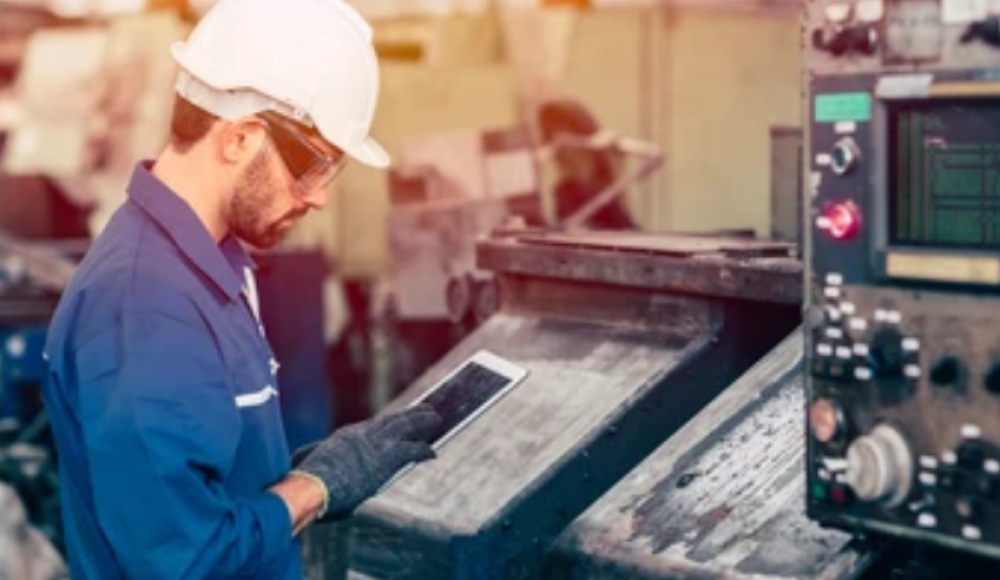
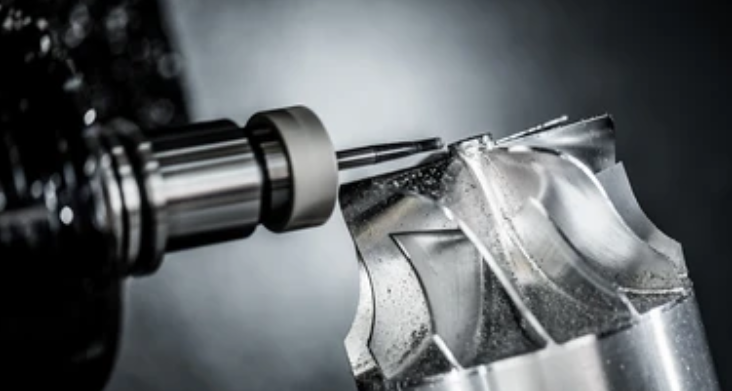
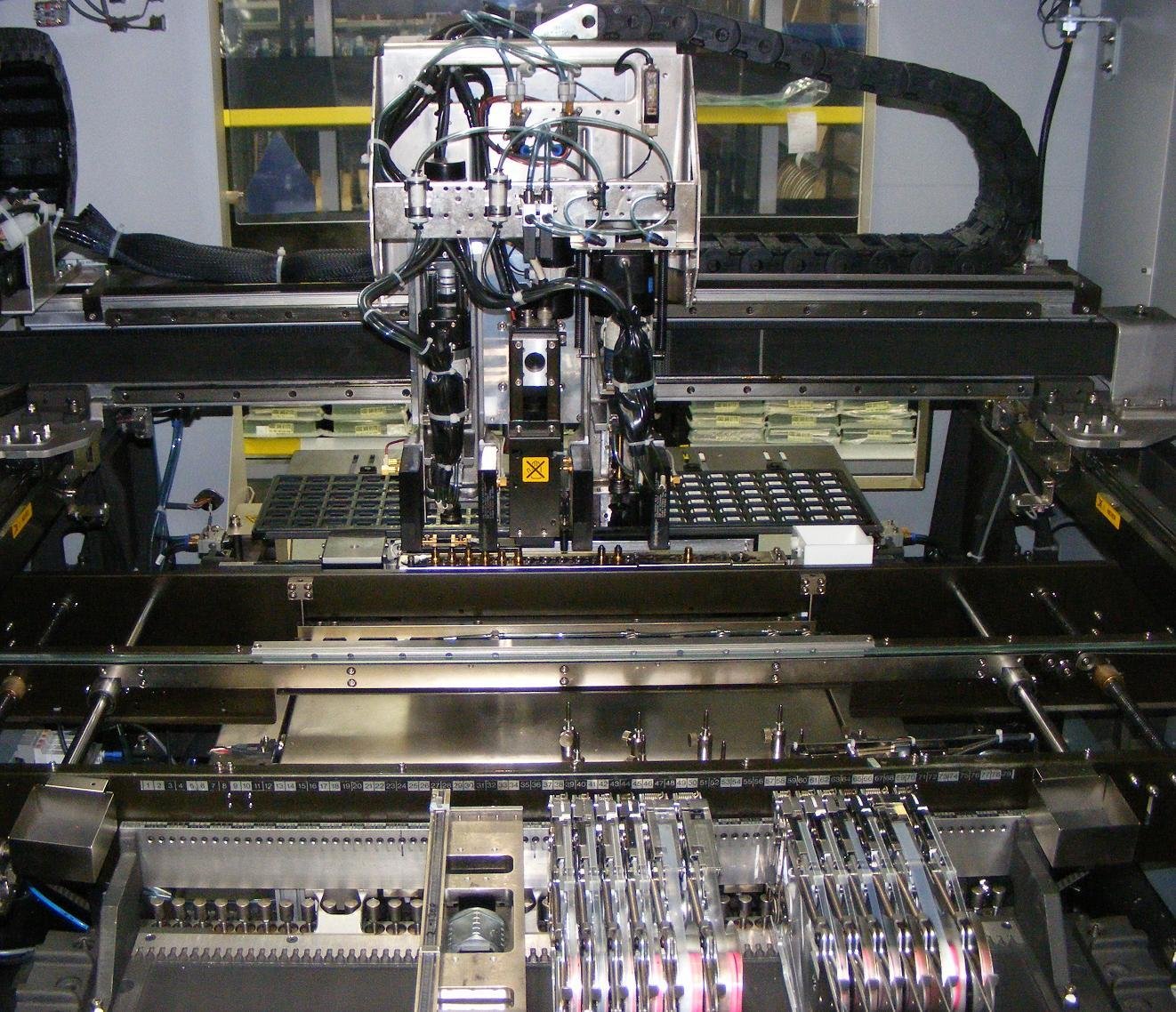
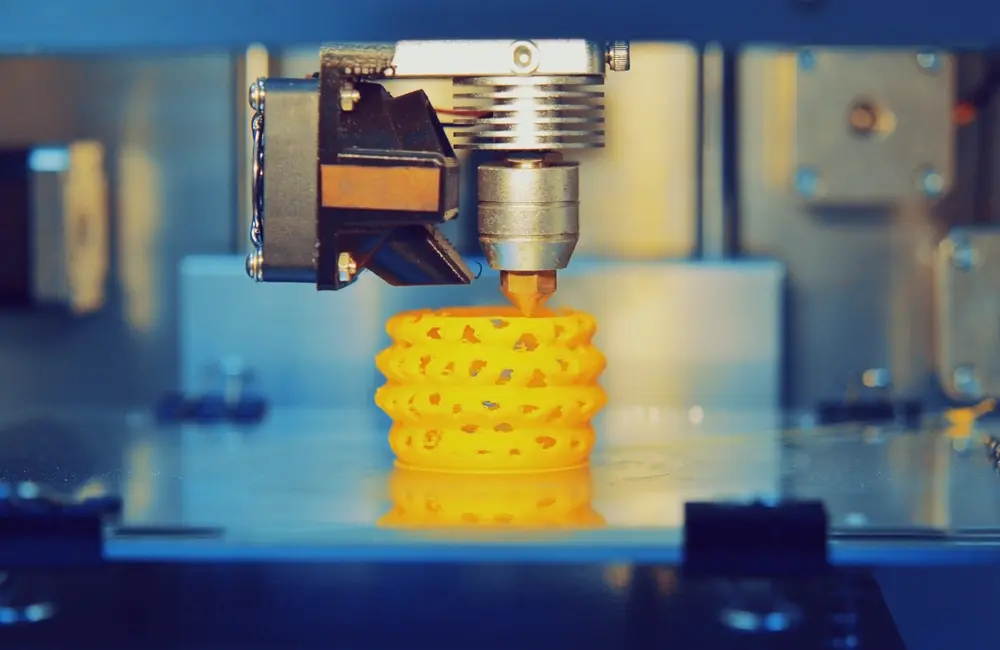
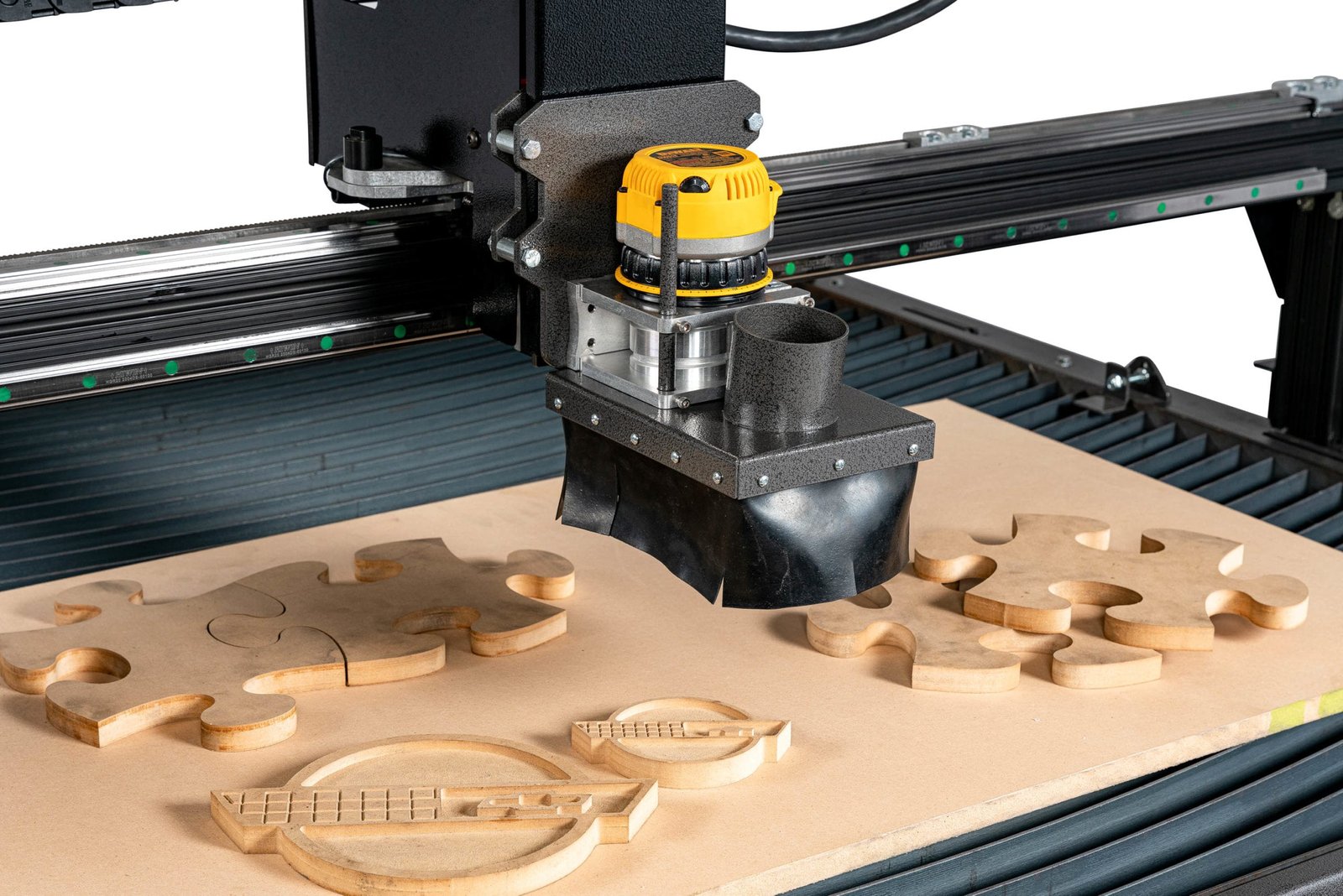
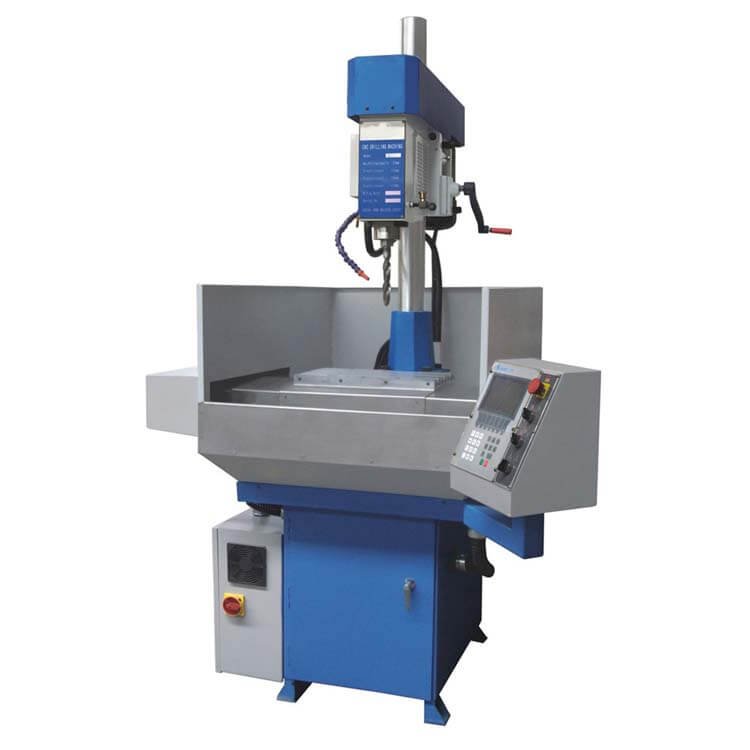

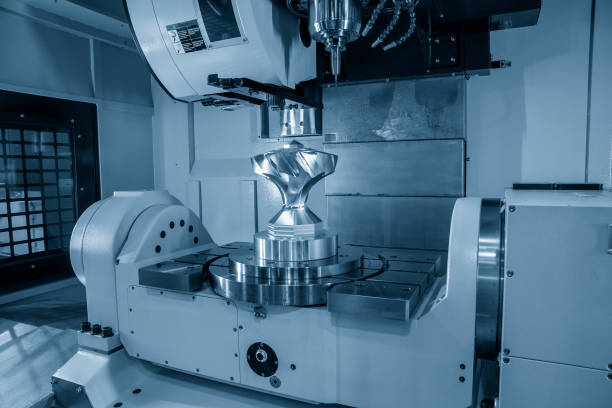
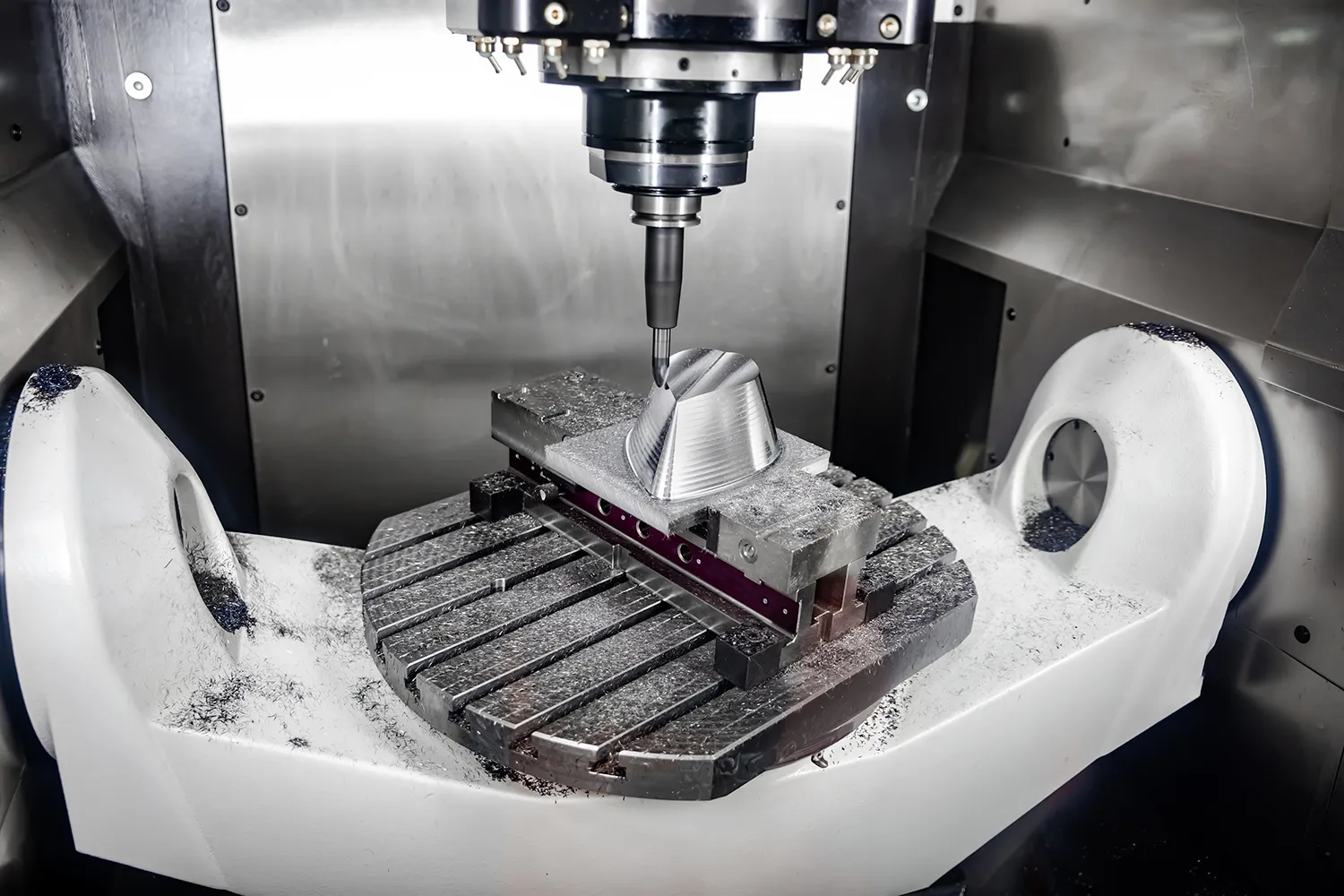
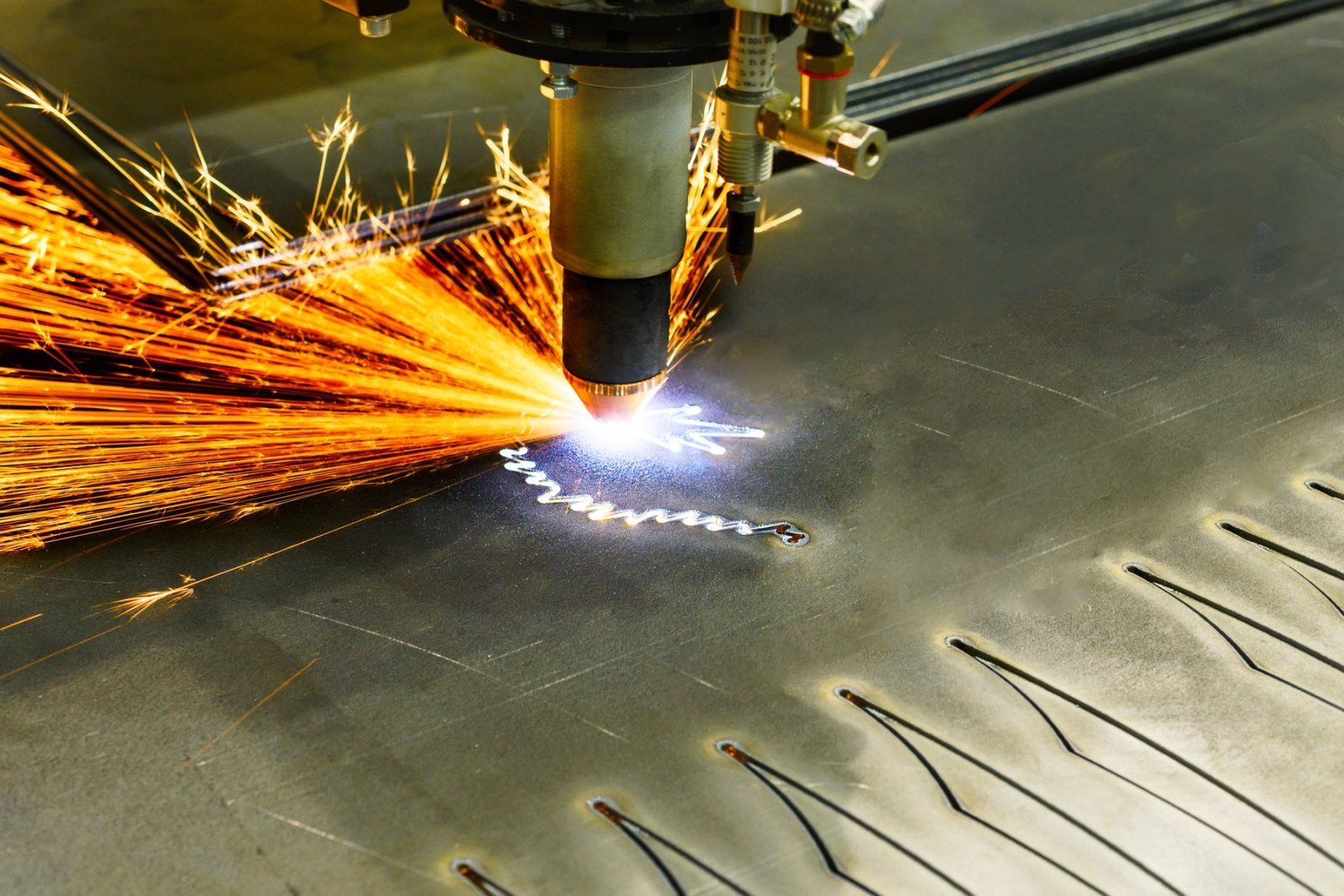
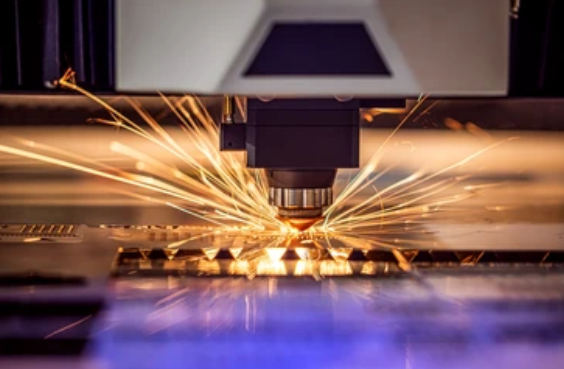

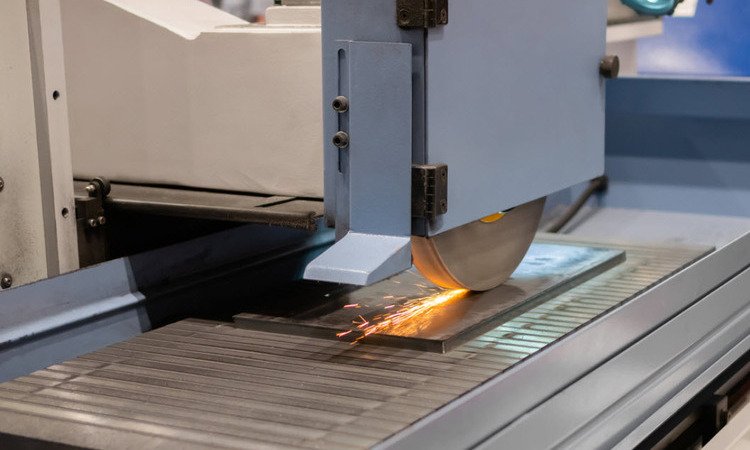
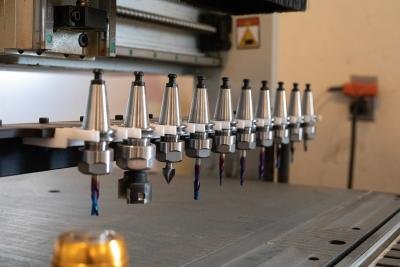
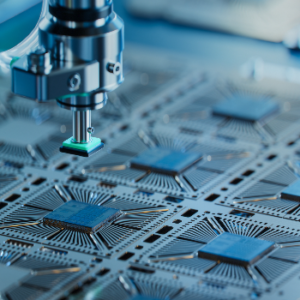

2 pensamientos sobre "12 Tipos de máquinas CNC y sus aplicaciones en la fabricación moderna”